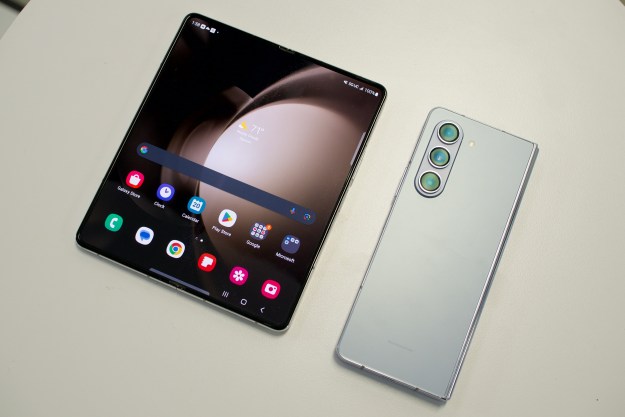 The future of Internet connectivity might just be smartphones.
The future of Internet connectivity might just be smartphones.
Teens and Technology 2013, a new study released on Wednesday by the Pew Research Center’s Internet & American Life Project, noted the shifting relationship between the today’s youth and the Internet. Drawing on phone interviews with 802 parents and their children aged 12 through 17 years between July and September last year, the report cited that an obvious 95 percent of teens use the Internet, with 93 percent able to gain computer access at home (71 percent say that the home computer is one shared with other family members). Still, that doesn’t necessarily mean that the computer is what they’re using to get online.
A good 23 percent of teens taking part in the survey own a tablet device, a percentage reportedly comparable with the adult population of the United States. However, numbers skewed when the question of smartphone usage was introduced; The study found that 78 percent of teens have a cellphone, with almost half of that group (47 percent) upgrading to their own smartphone. If our math is correct, that amounts to 37 percent of all teens with smartphones – a significant jump from the 2011 number of 23 percent.
Odder still – and, perhaps, something that may be more of a sign of next generation net use – is the report’s notice that one in four teens are described as “cell mostly” users, a term that translates as users who “mostly” access the Internet using their phone as opposed to any other device. That number is far above the adult average, which runs at 15 percent.
Demographically, older girls are particularly likely to be cell mostly, with 34 percent of girls aged 14 through 17 using the Internet via their phones, compared with 24 percent of boys the same age. “This is notable since boys and girls are equally likely to be smartphone owners,” the report adds.
For those of us who tend to view our phones’ browsers as situational, “okay for now” options but prefer something larger (and with a more user-friendly keyboard) like a laptop, this finding may seem like an alien, nearly inexplicable choice. Mary Madden, Pew’s Internet Project Senior Researcher and co-author of the report, suggests that it’s simply the wave of the future unfolding in front of our eyes. “The nature of teens’ internet use has transformed dramatically — from stationary connections tied to shared desktops in the home to always-on connections that move with them throughout the day,” she explained.
“In many ways, teens represent the leading edge of mobile connectivity, and the patterns of their technology use often signal future changes in the adult population,” Madden added. That’s finally some good news for the smartphone manufacturers of the world.

